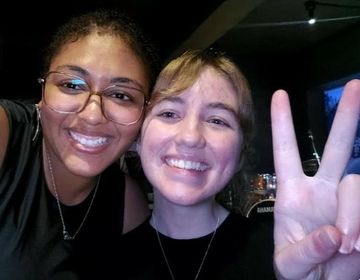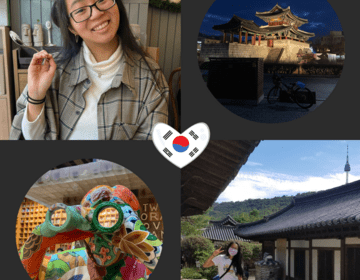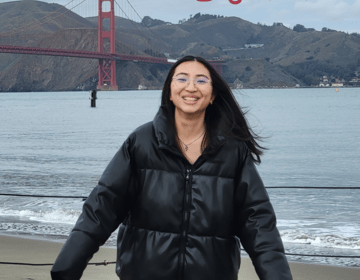Living in Gangwon Province
Gangwon-do is a mountainous province in northeast South Korea. Just a few hours from Seoul, many Koreans come to Gangwon province for vacations, hiking, skiing, to go to the beach, or for the ice fishing festival. I have the opportunity to live in this beautiful province and will share my daily life and other notable aspects of life here.
Hwacheon
In August, 2023 I was assigned to work at an elementary and middle school in Hwacheon, a rural town in the northern part of Gangwon province. After living in Washington, DC I was shocked by the seemingly endless drive to my apartment and the rice field out front. But I quickly adjusted and found peace in the slower pace of life and breathtaking mountain views.
Daily Life (Outside of Work)
Because this rural town does not have the same social opportunities as cities, it has pushed me to pursue new hobbies! The first part of my routine I picked up was working out at the free gym near my apartment. Then, about a month into my time here, I was introduced to a bassist and began taking lessons and practicing on my own. Soon after, he introduced me to a Brazilian batucada drum group that I participate in once a week! Here I have met many Hwacheon locals and we often eat together after practicing. And of course, I make sure to study Korean outside of those hobbies. The work-life balance as an EPIK teacher ensures that I have the time and energy for these pursuits outside of work. Now six months in, I’ve found a rhythm and am making the most of my time here in rural Korea.
Sancheoneo Ice Fishing Festival
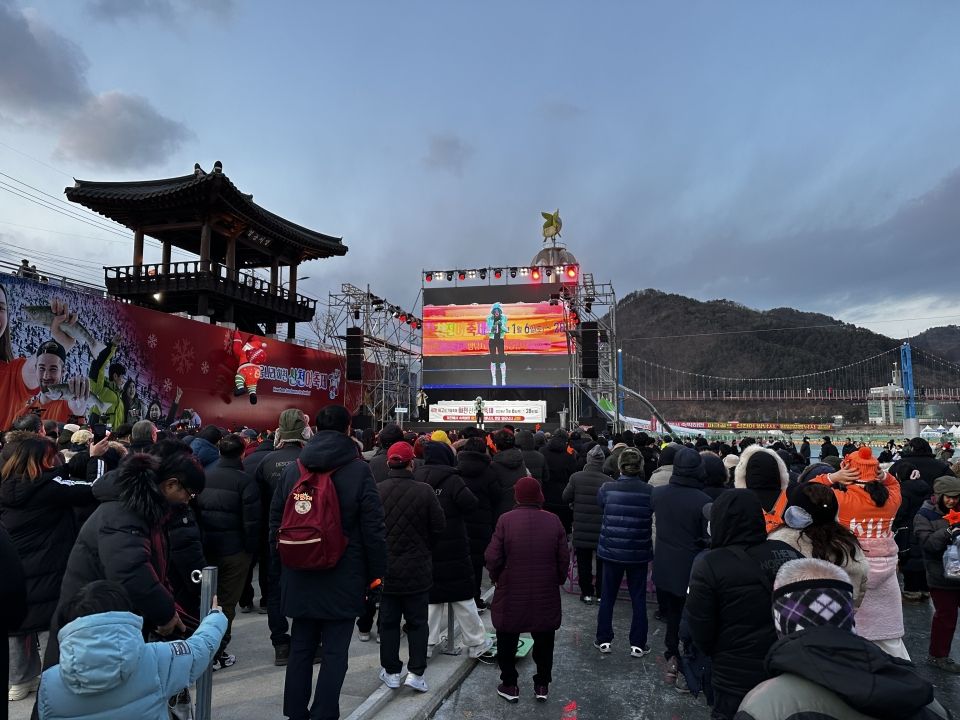
While many Koreans, even, are unfamiliar with Hwacheon, some know it for one main reason: the Sancheoneo Ice Fishing Festival. Every January, Hwacheon hosts one of the biggest festivals in Korea! Sancheoneo is a type of salmon that Korean and international tourists come to fish on the frozen river. When I first arrived here, I was confused by the large statue of a polar bear with a fishing rod, and the numerous festival posters that stay up all year long. But I finally understood its unending presence after attending the first weekend of the festival.
On Saturday, January 6th I bought a fishing rod from Daiso and headed over to the river with my friend. Along the way I was taken aback by the tourist-filled streets. After reaching the frozen river, we walked around and discovered that the festival has far more than just fishing. The event hosts sledding, ice skating, ice soccer, concert, fireworks, street food vendors, and an impressive ice sculpture museum. While I did not manage to catch any fish, I enjoyed the food, sledding, fireworks, and ice sculpture museum!
Food
Before moving to Korea, one of the things I most looked forward to was the food. I’ve tried so many new foods and there are far too many to cover here. So in this post I’ll simply talk about the cost and a few of my favorite dishes.
Cost
Restaurant food in Korea is, on average, of higher quality and lower price compared to the US. A meal back in DC is usually $15, not including tip, but here I typically eat for the equivalent of about $5-8. Just the other day I was looking for a restaurant selling 콩나물국 (bean-sprout soup). For only 8,000 won ($6) I got the soup, rice, seaweed, and three side dishes. They were even kind enough to leave the restaurant open later for me! I’ve been back two more times since then because of the excellent food and hospitality. With the EPIK teacher salary, I am able to afford eating out for most of my meals.
Favorite Dishes
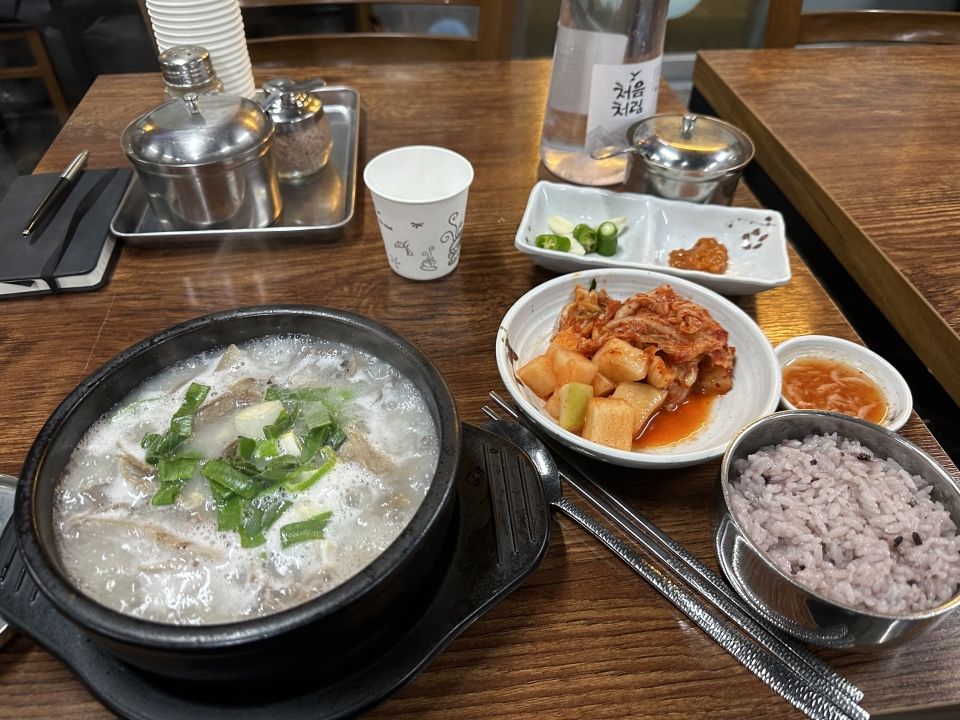
There are so many notable Korean foods, but some of my favorites include 국밥 (rice and soup), 돌솥비빔밥 (stone pot bibimbap), and of course Korean barbeque. First, rice and soup is one of Korea’s soul foods; Korean people go to eat rice and soup alone, with friends, family, and sometimes after a night out drinking. 돼지국 (pork soup) is one of the most popular ones. I frequent a local restaurant that specializes in this, is open late, and has friendly owners. I highly recommend 나교 순대국 if you’re ever in Hwacheon, it’s perfect to warm up after the ice fishing festival.
Dolsot bibimbap is a rice dish mixed with veggies and an egg on top, served in a hot stone bowl that makes the rice crispier and keeps it hot. If you like spicy flavors, you can ask for 고추장 (chili pepper paste) or get it with kimchi! 명동만두 was the first restaurant I went to in Hwacheon, and they serve dolsot bibimbap for a great price.
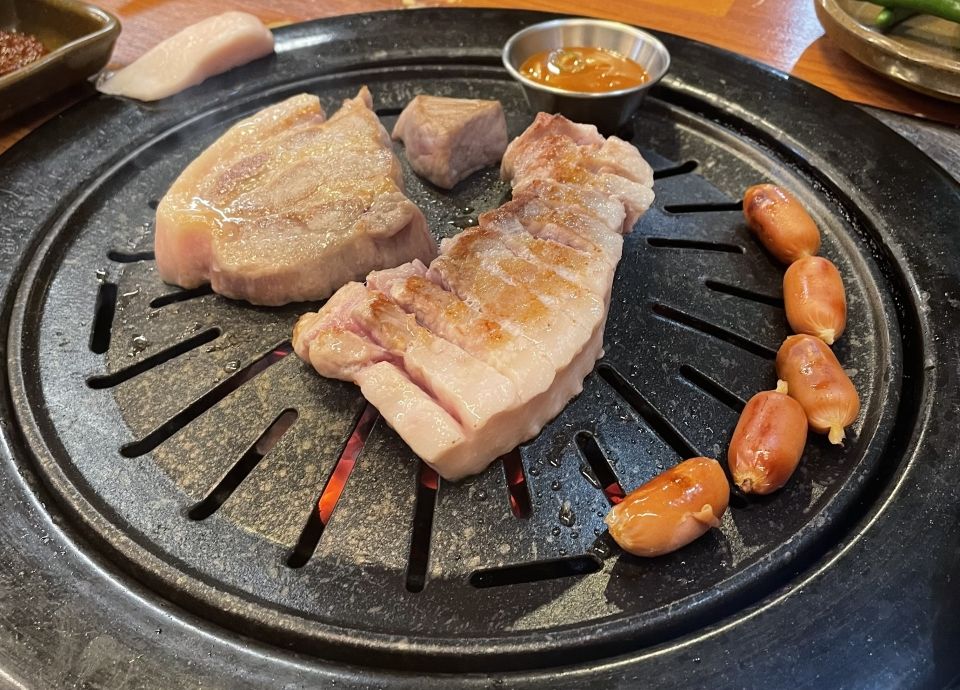
Last but not least there’s Korean barbecue. Here they just call it 고기 (meat). If you’re not familiar, the restaurant will turn on the grill and give you the meats to grill yourself. This is served with some lettuce, different sauces, and other side dishes. Korean people love Kbbq, and two of my co-teachers even treated me to Kbbq on my birthday! In general, Korean people show affection through food, so I recommend trying new foods, especially with Koreans if possible.
Chuncheon
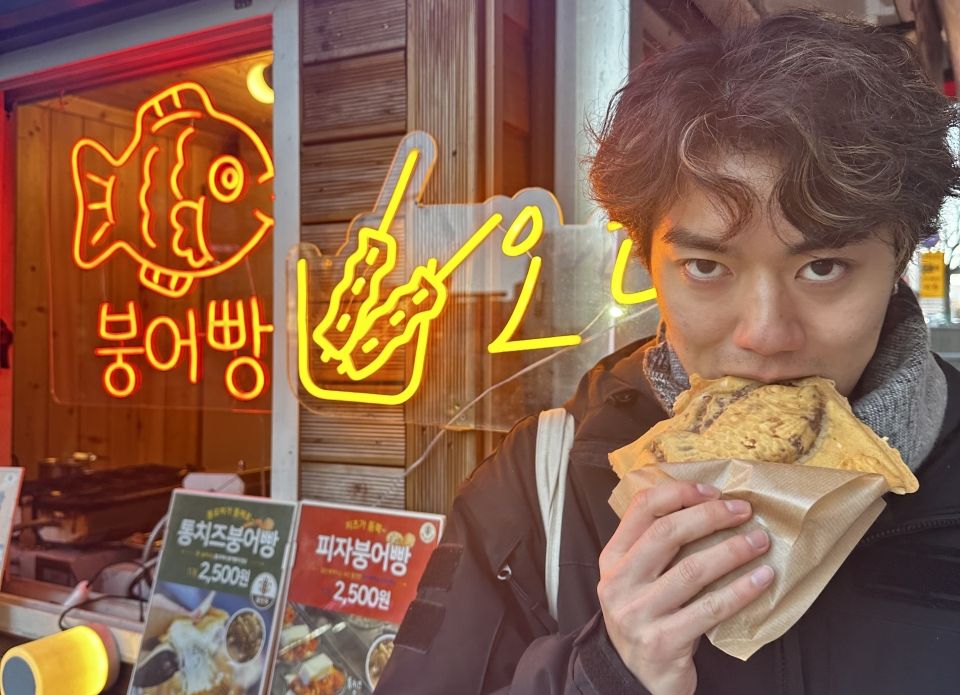
While I have visited other cities in Gangwon province, I frequent Chuncheon the most. Chuncheon is the capital of Gangwon province and the closest city to Hwacheon. So when I go to Seoul, I stop at Chuncheon to take the subway. In addition to its accessibility to Seoul, it has great food, shopping, and cafe’s!
Dak-galbi/Myeongdong street
Chuncheon is known for its dak-galbi, a Korean chicken dish served on a large grill pan on the table along with veggies and either rice or noodles. This spicy dish is so popular in Chuncheon that they even have a street named after it. On Dak-galbi street, there are dozens of restaurants serving this delicious dish. This street is also called Myeongdong street, named after the shopping neighborhood in Seoul. Myeongdong street has a multitude of chain and boutique retail shops. So anytime I want to go shopping without having to face the chaos of Seoul’s crowds, Chuncheon is a great and convenient option.
Cafes
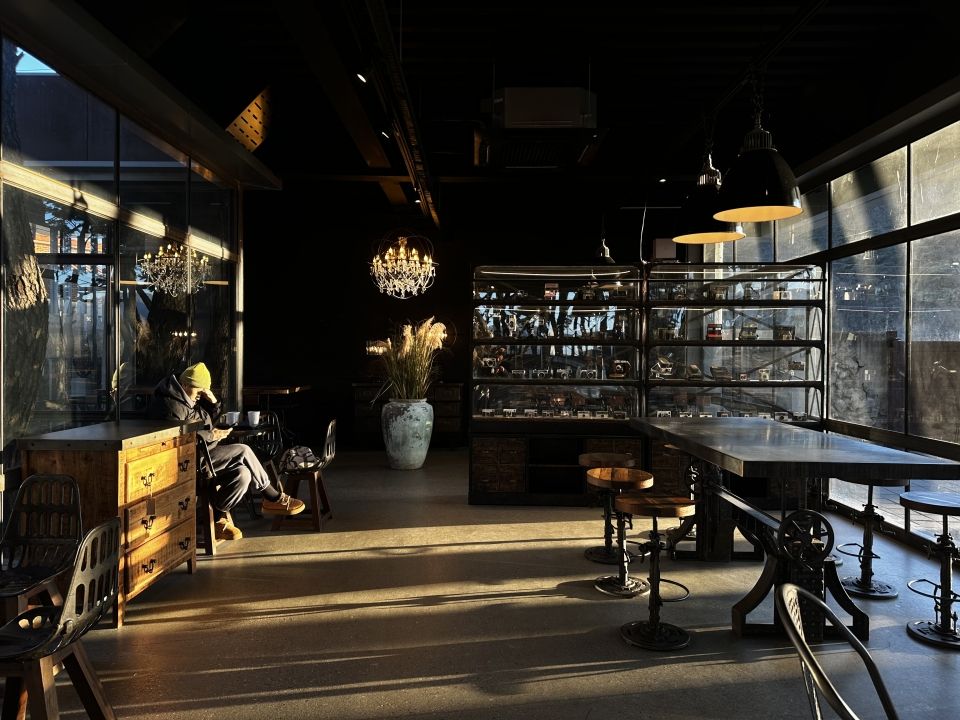
Chuncheon also has many cafes, of which I have two favorites: one on Myeongdong street and one outside of the downtown area. There is a small cafe in Myeongdong street called Juice Cafe (I’ve never been able to find it on maps) that one of my co-teachers showed me. A kind man runs the shop and has a top notch speaker system. There is even a classical music club that comes to the cafe to listen to their favorite performances. The best part about the cafe is the coffee itself, so be on the lookout for this hidden gem.
My other favorite cafe is Soul Roastery, a large indoor-outdoor cafe right along the Soyang River. First you go to the main building where you can order a normal americano, or one of their specialty lattes. After getting your coffee there are many seating options. If the weather is nice, there is outdoor seating with lights! Since I’ve only gone in the winter, I chose between nine different buildings each with their own aesthetic. Whichever one you choose, they all have large windows for an open feel and plenty of natural light.
Public Transportation
Public transportation in Korea is very clean and consistent. Korean culture does not accept littering or making a mess of the buses and subways. Unlike New York’s public transportation, I’ve never seen it messy on a bus or subway here. Additionally, it always arrives and departs at its scheduled time, making it a reliable form of transportation even in my rural area. So whether I am headed back home from school or leaving for Seoul, I can always count on the buses running and being on time.
Despite being in Hwacheon, I am able to visit Seoul quite often via public transportation. I first take a 45~minute bus to Chuncheon, then take the subway straight into Seoul. In total it costs me about $6-7 and takes a few hours, depending on where I’m headed. During these commutes I am able to comfortably read, study Korean, or nap until I’m in the city center where the subways get quite packed. In general, I have been satisfied by Korea’s public transportation infrastructure, and particularly surprised by the consistency of buses in Hwacheon.
Final Thoughts
I’ve been fortunate to travel around Gangwon province, to cities like Sokcho, Gangneung, and Wonju, have visited Nami Island, and even went snowboarding! I’ll cover some of my favorite trips in another blog post including my adventures in Gangwon province. While its great to travel in, its food, cafes, access to Seoul, and nature make it an even better place to live! For anyone who enjoys nature, it is impossible to be in the province without seeing mountains (or the sea, depending on your placement). And if you get placed in a rural town, it may be daunting at first, but if you stick with it and seek out opportunities in the people and activities, I’m sure you’ll have an enjoyable life here :)
Related Posts
CIEE CHINGU – A Partner Program for Teachers in Korea
Chingu ( 친구 ) is the Korean word for friend . CIEE Chingu is a partner program included in CIEE’s Teach in South Korea programs! Our goal is to connect... keep reading
TWICE with CIEE: Kayleigh in Korea (PART 1)
Kayleigh is a CIEE alum who participated in CIEE's Teach in South Korea program AND CIEE’s Teach in Spain Volunteer program! CLICK HERE to read her experience in Spain. WHY... keep reading
Learn Korean with K-Media: Advice from Valerie!
Hello! My name is Valerie, and I will be teaching in South Korea through the EPIK program starting this spring. With my interests being in Korean cultural studies, teaching in... keep reading
